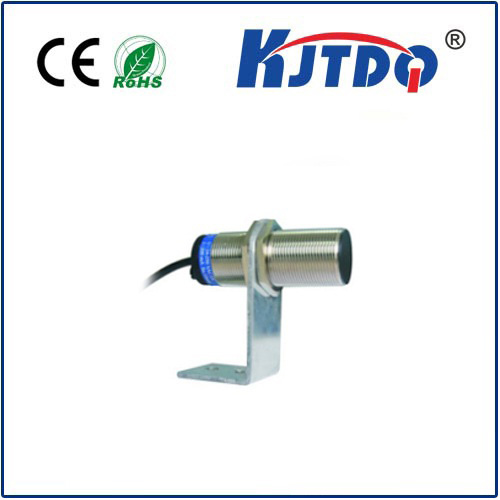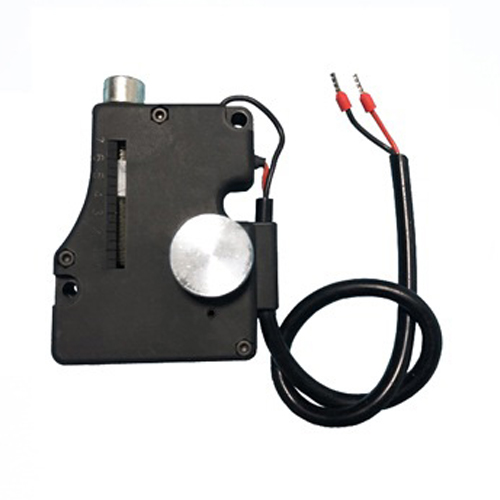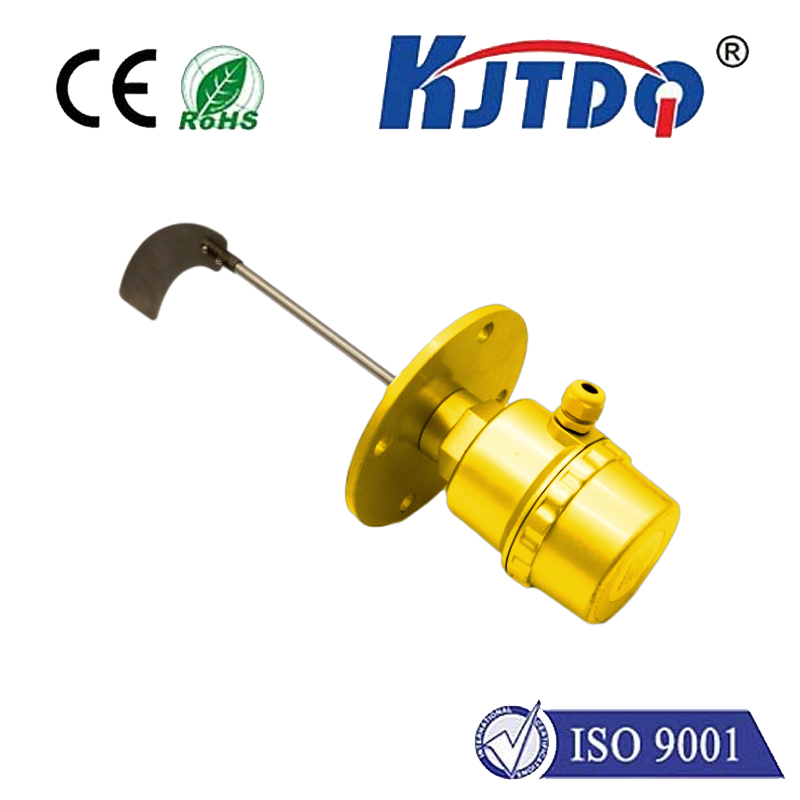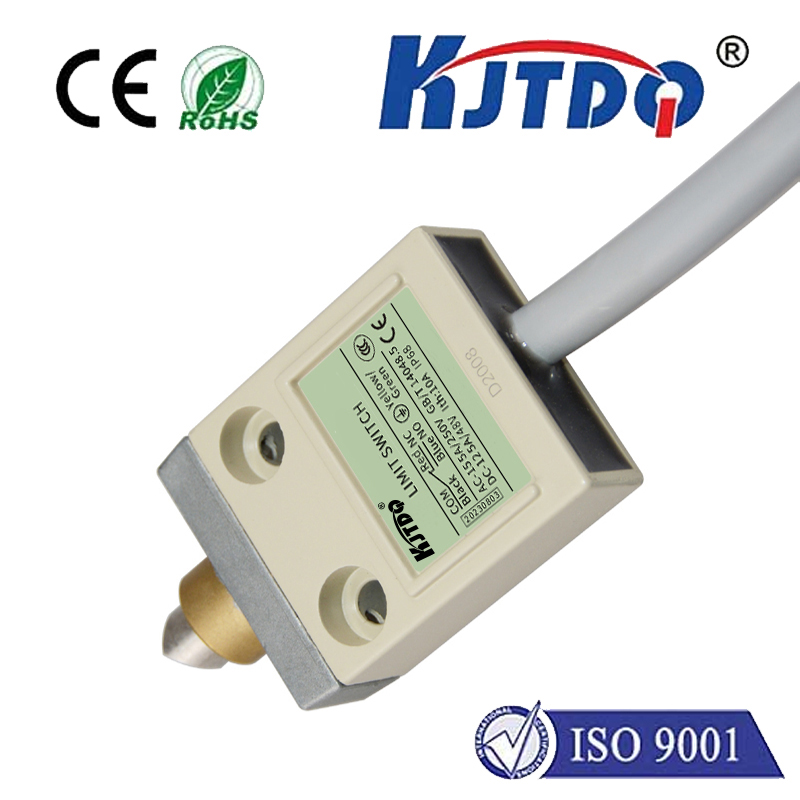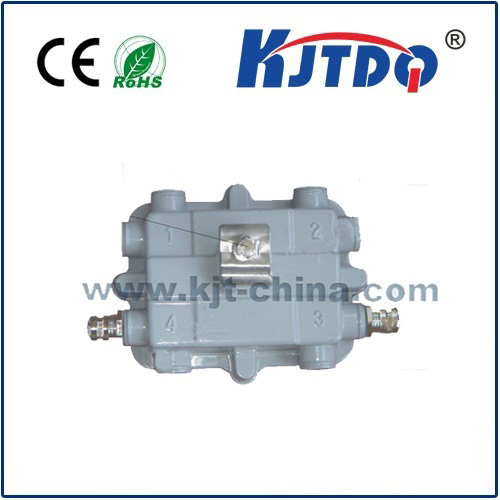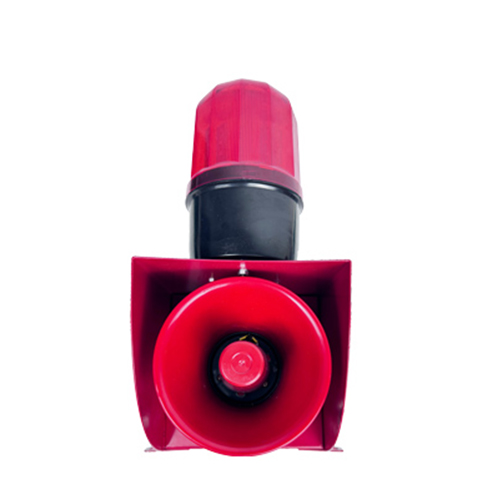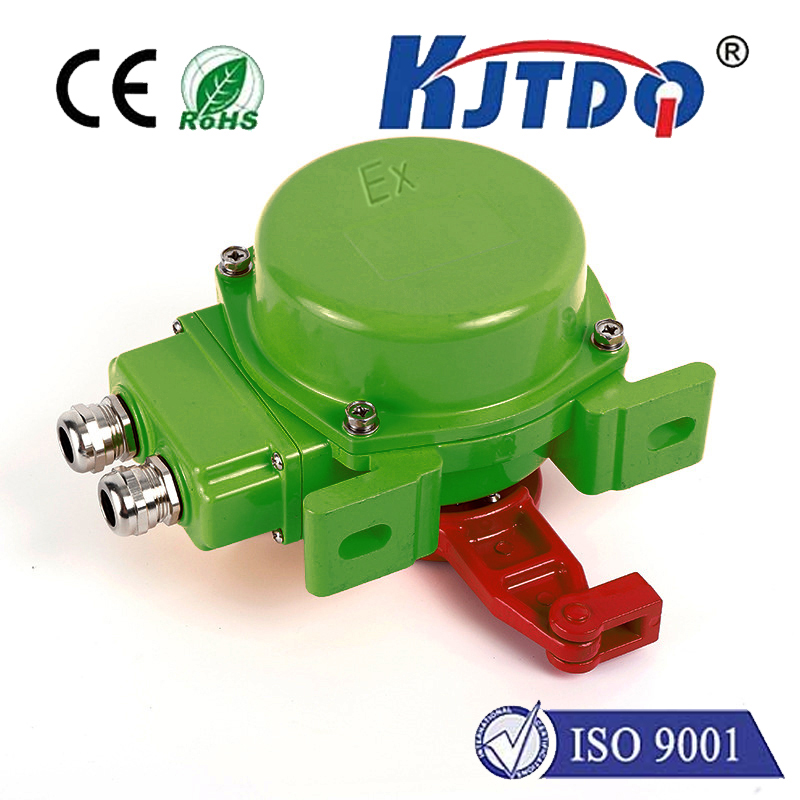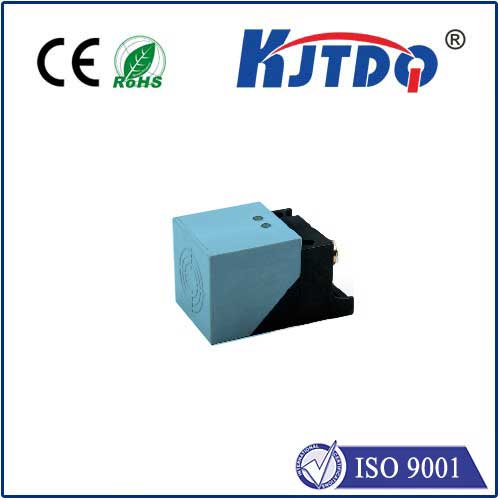gravity limit switch for eot crane
- time:2025-08-04 12:44:29
- Click:0
The Gravity Limit Switch: A Vital Overhead Crane Safety Device with Real-World Applications
Imagine a bustling factory floor. An Electric Overhead Traveling (EOT) crane smoothly lifts a heavy load towards the ceiling. The operator, focused on positioning, may momentarily lose sight of the hook block ascending. Without a critical safeguard, that hook could collide violently with the crane’s upper structure or even the building itself, causing catastrophic damage, load failure, or severe injury. This is precisely the disaster scenario gravity limit switches are engineered to prevent. As a cornerstone of EOT crane safety, these seemingly simple mechanical devices play an indispensable role in protecting personnel, equipment, and infrastructure on industrial sites worldwide.
Understanding the EOT Crane Context
Before diving into the specifics of the gravity limit switch (GLS), it’s essential to understand its operating environment. An EOT crane, commonly called a bridge crane, consists of parallel runways supporting a traveling bridge. A hoist mechanism, mounted on a trolley that traverses the bridge, performs the lifting and lowering. These cranes are ubiquitous in manufacturing, steel mills, warehouses, shipyards, and any facility requiring heavy material movement. Given their capacity to handle immense weights, sometimes hundreds of tons, and operate in complex, often crowded environments, overhead crane safety is paramount. Safety devices are not optional extras; they are fundamental engineering requirements.
What is a Gravity Limit Switch?
A gravity limit switch is a specific type of upper limit switch designed to halt the upward motion of the crane’s hook block automatically when it reaches a pre-determined safe height. Unlike some electrically or electronically activated limit switches, the defining characteristic of the GLS is its reliance purely on mechanical action triggered by gravity. It is essentially a fail-safe mechanism. If the primary hoisting controls fail or the operator makes an error, the GLS acts as the ultimate physical barrier against over-hoisting.

How Does a Gravity Limit Switch Work? The Mechanical Guardian
The operation of a gravity limit switch is elegantly simple and robust:
- Positioning: The GLS is mounted directly onto the crane’s hoist mechanism, often near the hoist drum or on the trolley frame. Its activation lever (usually a weighted arm or a roller) is carefully positioned so that it comes into contact with a trip dog or cam securely fixed to the hoist rope or the hook block assembly itself.
- The Critical Contact: As the hook block ascends during normal operation, everything proceeds uninterrupted. However, when the hook block reaches its maximum safe upper travel point, the trip dog attached to it firmly engages the activation lever of the gravity limit switch.
- Gravity Takes Over: This physical engagement forces the GLS lever to pivot or rotate. Crucially, this motion is leveraged by gravity acting directly on the weighted components of the switch mechanism itself. No electrical signal or external power is needed for this critical step.
- Breaking the Circuit: The movement of the lever mechanically opens a set of contacts inside the switch. These contacts are wired directly into the crane’s hoist up control circuit.
- Immediate Power Cutoff: Opening these contacts instantly breaks the electrical circuit powering the hoist motor in the upward direction. This causes the hoist motor to stop immediately. Crucially, hoisting motion upwards is halted, but lowering motion remains enabled, allowing the operator to safely bring the load down away from the danger zone.
Why Choose a Gravity Limit Switch? Key Advantages
The gravity limit switch offers compelling benefits that make it a preferred choice for the critical upper limit function on many EOT cranes, especially older models or those operating in harsh environments:
- Ultimate Fail-Safe Operation: Its purely mechanical action, driven by gravity and physical contact, means it will function even during a complete electrical power failure on the crane or loss of control signals. This fail-safe design is its most significant safety advantage. It provides protection when other systems might not.
- High Reliability: With fewer complex electronic components compared to some proximity or encoder-based systems, a well-maintained GLS offers exceptional reliability and longevity. Its operation depends on robust mechanical principles.
- Environmental Resilience: Gravity limit switches are generally highly resistant to dust, dirt, moisture, vibration, and extreme temperatures – common challenges in industrial settings where EOT cranes operate. They are less susceptible to interference or false triggering than purely electronic sensors.
- Simplicity and Cost-Effectiveness: Their design is relatively simple, making them typically less expensive to purchase and install than sophisticated electronic monitoring systems. Maintenance, while essential, is often more straightforward.
Critical Considerations: Installation, Maintenance, and Integration
While highly reliable, the effectiveness of a gravity limit switch hinges on proper implementation and upkeep:
- Precise Positioning: Correct installation is non-negotiable. The trip dog must be securely mounted on the hook block or rope, and the GLS activation lever must be positioned so that engagement occurs consistently at the precise safe upper limit point, before any potential collision. This setting requires careful measurement and adjustment.
- Rigorous Maintenance: Regular inspection and maintenance are crucial. Technicians must check for:
- Wear and Damage: Inspect the lever, trip dog, contacts, and mounting hardware for excessive wear, cracks, or deformation.
- Smooth Operation: Ensure the lever moves freely without binding. Lubricate pivot points as per the manufacturer’s specifications.
- Electrical Integrity: Verify the switch contacts are clean, not pitted, and that wiring connections are secure and free of corrosion.
- Trip Dog Security: Confirm the trip dog is firmly attached and hasn’t shifted position.
- Calibration: After any maintenance involving movement of the switch or trip dog, or if a near-miss incident occurs, the switch must be recalibrated to ensure it trips at the exact correct height.
- Part of a Layered Safety System: Importantly, the gravity limit switch should be viewed as a critical last line of defense within a comprehensive overhead crane safety system. It typically works in conjunction with other devices, such as:
- Operator-Controlled Limit Switches: Primary stopping points controlled by the crane operator.
- Proximity Switches or Encoders: Providing earlier warnings or secondary limits.
- Load Moment Indicators (LMIs): Monitoring load weight and crane stability.
- Emergency Stop Buttons: Situated strategically on the crane and floor.
Real-World Impact: Beyond Compliance
Investing in and properly maintaining a gravity limit switch goes far beyond simply meeting regulatory requirements (though virtually all crane safety standards, like OSHA 1910.179 or relevant ISO standards, mandate reliable upper travel limiting devices). Its real-world impact is profound:
- Preventing Catastrophic Accidents: The primary function – stopping a runaway hook block from colliding with the crane bridge or ceiling structure – prevents potentially fatal accidents, dropped loads, and massive structural damage.
- Protecting Crane Integrity: Preventing over-hoisting collisions protects expensive hoist machinery, ropes, sheaves, and the crane structure itself from severe impact damage, reducing costly repairs and downtime.
- Ensuring Operational Continuity: By averting major accidents and reducing equipment damage, GLS maintenance helps ensure EOT cranes remain operational, supporting critical production schedules and logistics.
- Building a Safety Culture: The visible presence and understood function of reliable safety devices like the GLS contribute to a workplace culture where safety is prioritized, enhancing overall operational discipline.
The gravity limit switch, with its elegant reliance on fundamental physics, stands as a testament to effective, robust EOT crane safety engineering. Its fail-safe, mechanically activated design provides an unparalleled layer of






